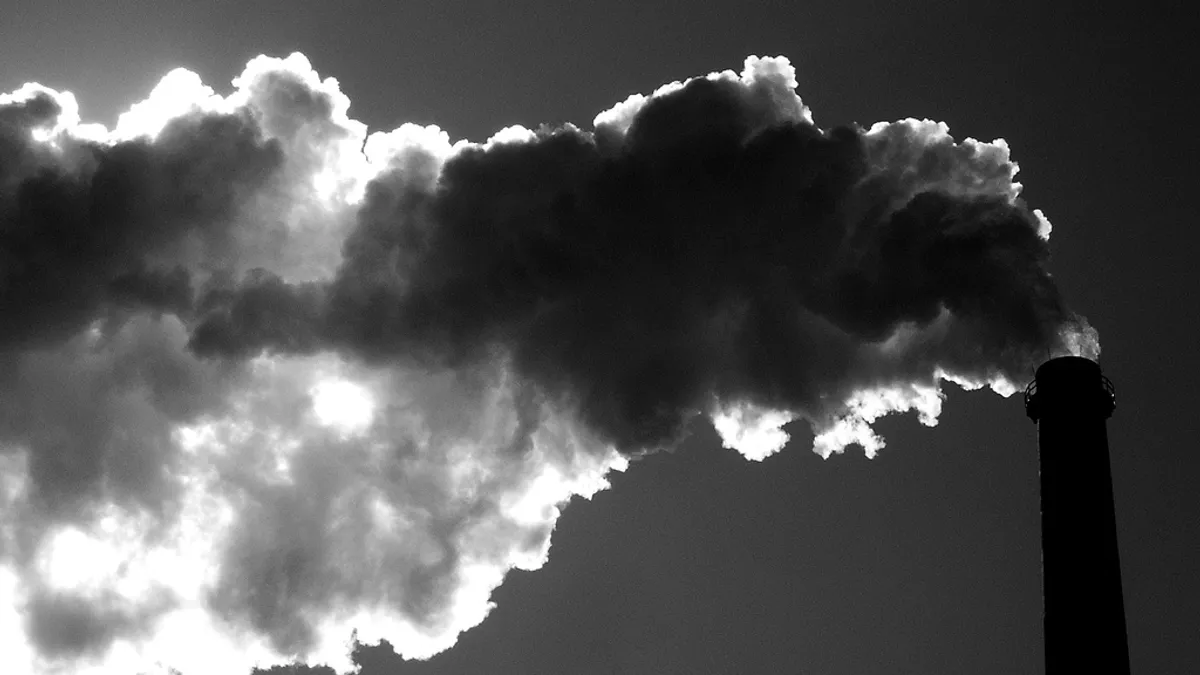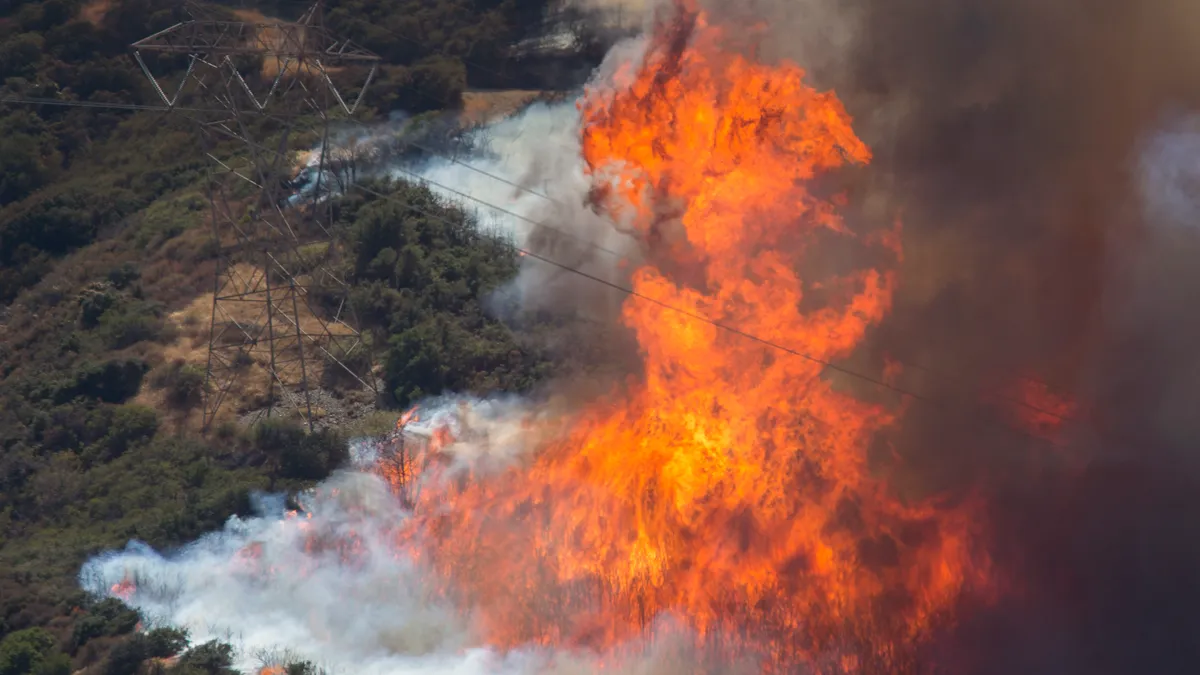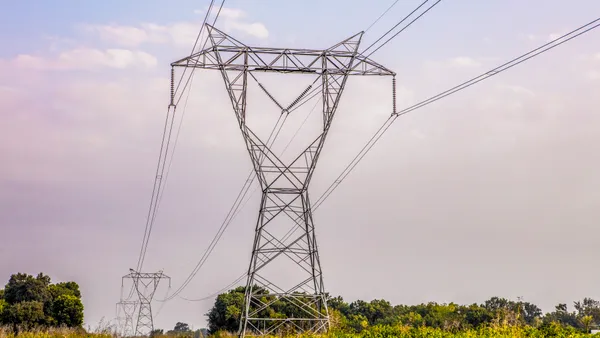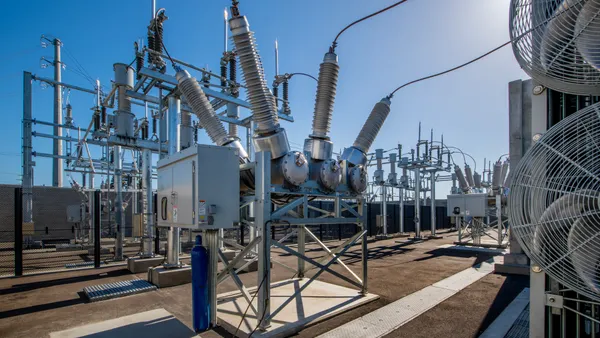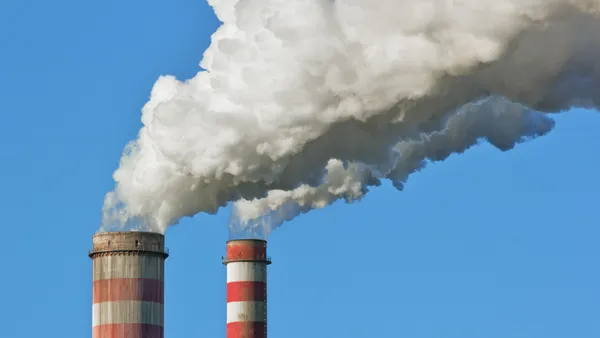Dive Brief:
- The Union of Concerned Scientists has released a new report detailing the history of an Eastern Interconnect working group made up of system planning authorities, which developed research from 2010 to 2012 showing the eastern United States could cut carbon by 42% and reach 30% renewable energy by 2030, even more aggressive numbers than contemplated in the Clean Power Plan.
- Mike Jacobs, a senior energy analyst for UCS' climate and energy program, examined the pre-CPP plan and found that it replaces coal with renewables, including a 600% increase in wind and 20% efficiency savings by 2030.
- The Eastern Interconnection consists of 39 states, the District of Columbia, and six Canadian provinces. The Eastern Interconnection Planning Collaborative was funded by a three-year, $16 million Department of Energy grant in 2010.
Dive Insight:
Back before the Clean Power Plan came along, and more than half of U.S. states opposed it, a planning collaborative that spanned the largest electricity consuming region in the country determined it could make even greater cuts in carbon while adding enormous amounts of renewable energy.
The Union of Concerned Scientists has released a new report detailing the results of research done from 2010 to 2012, as part of the Eastern Interconnection Planning Collaborative (EIPC). Some of the major utilities involved in the research included Duke Energy, Entergy, Southern Co. and the Tennessee Valley Authority.
"The final Clean Power Plan strongly encourages regional coordination in accomplishing its goals, and the EIPC effort provides a successful example of large-scale regional planning that can potentially meet and exceed the Clean Power Plan’s targets," wrote UCS' Jacobs.
UCS' analysis of the EPIC research shows carbon could be slashed and renewables added, within 2% of the cost of a "business as usual" scenario. It was an "unprecedented effort in comprehensive, large-scale coordinated electric system planning," the report concluded. And it was completed in 2012, before precipitous falls in the cost of renewable energy, storage and natural gas.
"A re-analysis of the EIPC results may even show that the carbon reduction scenario is now more cost-effective than the business as usual scenario," the report said.
Still, two dozen states now oppose President Obama's signature climate legislation. Through a variety of legal challenges – the largest includes 24 states led by West Virginia – some 26 states have filed lawsuits to block the Clean Power Plan. The rule targets a 32% reduction in carbon dioxide emissions by 2030.
In total, states opposed to the rule include: Alabama, Arizona, Arkansas, Colorado, Florida, Georgia, Indiana, Kansas, Kentucky, Louisiana, Michigan, Missouri, Montana, Nebraska, New Jersey, North Carolina, North Dakota, Oklahoma, Ohio, South Carolina, South Dakota, Texas, Utah, West Virginia, Wisconsin and Wyoming.
Correction: The headline for an earlier version of this post read: "39 states devised aggressive decarbonization plans before CPP." That is incorrect. The system planning authorities for the Eastern Interconnect, which spans 39 states, developed research before the Clean Power Plan was proposed showing that the region could cut carbon by 42% by 2030.



